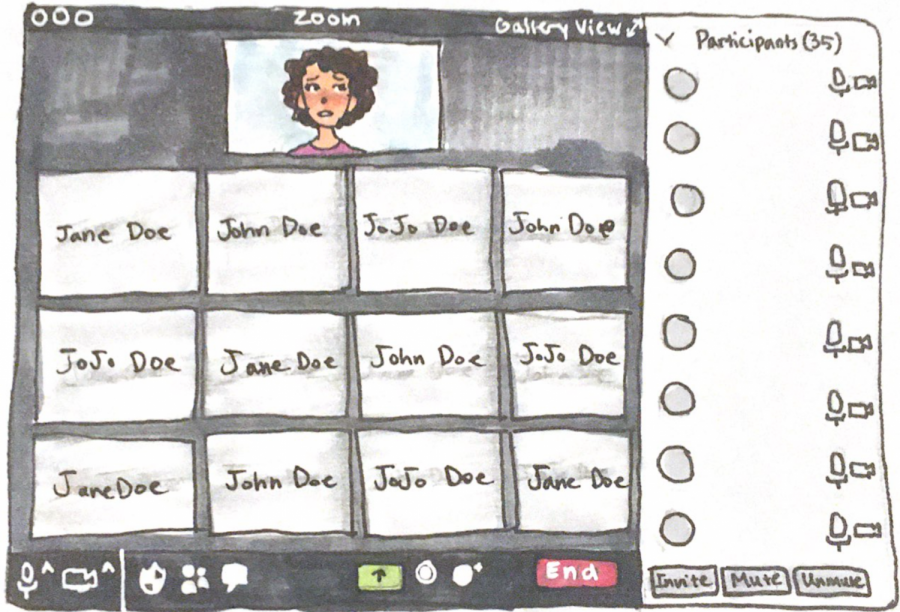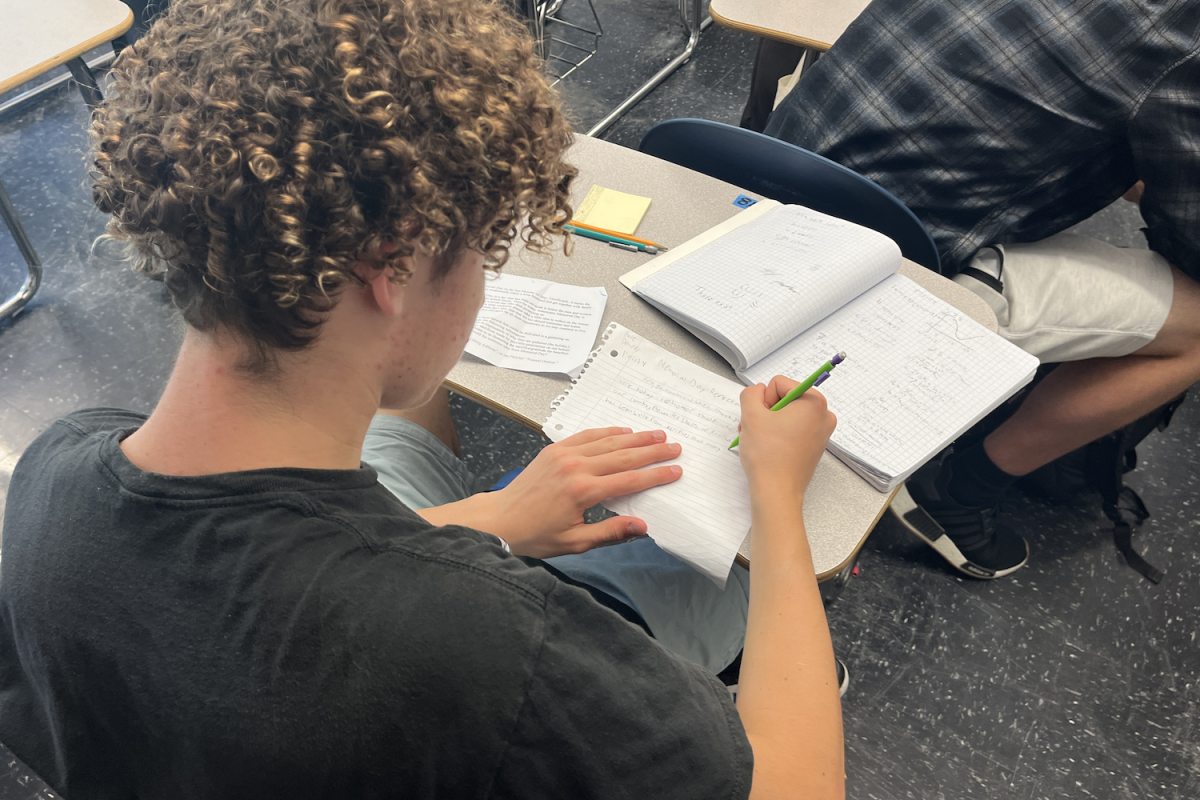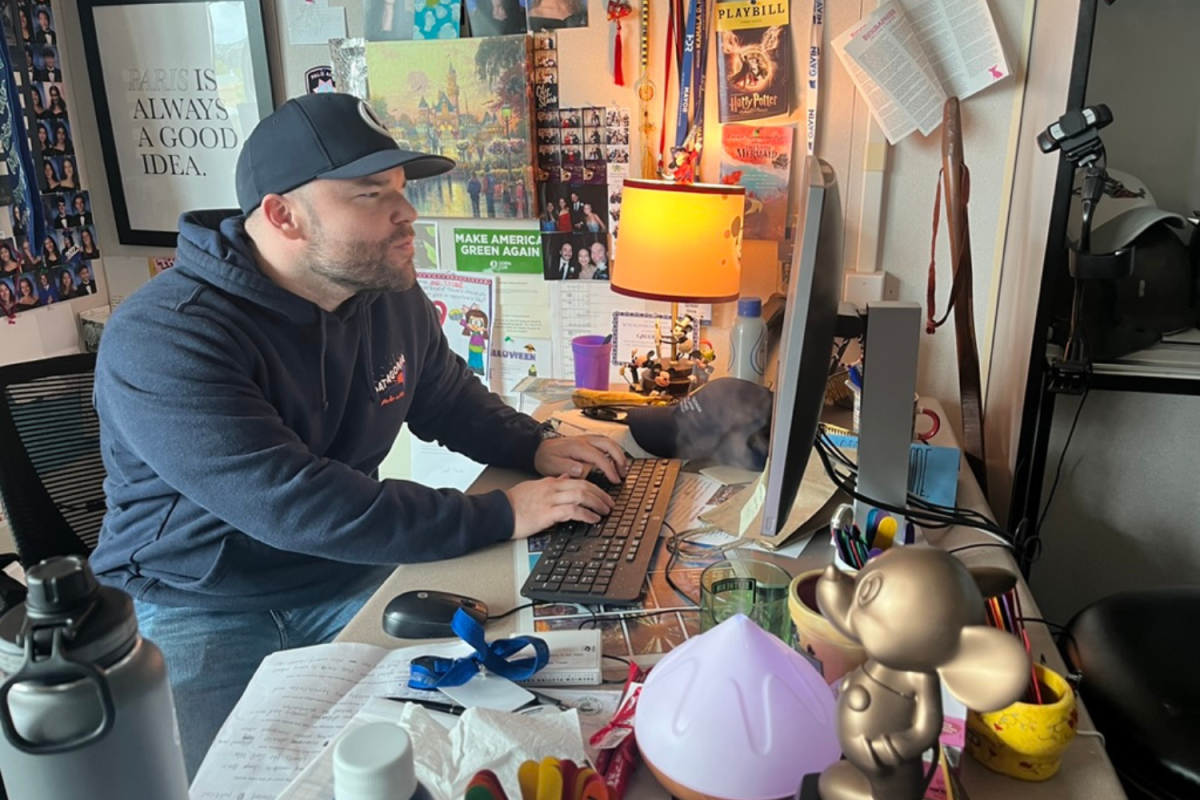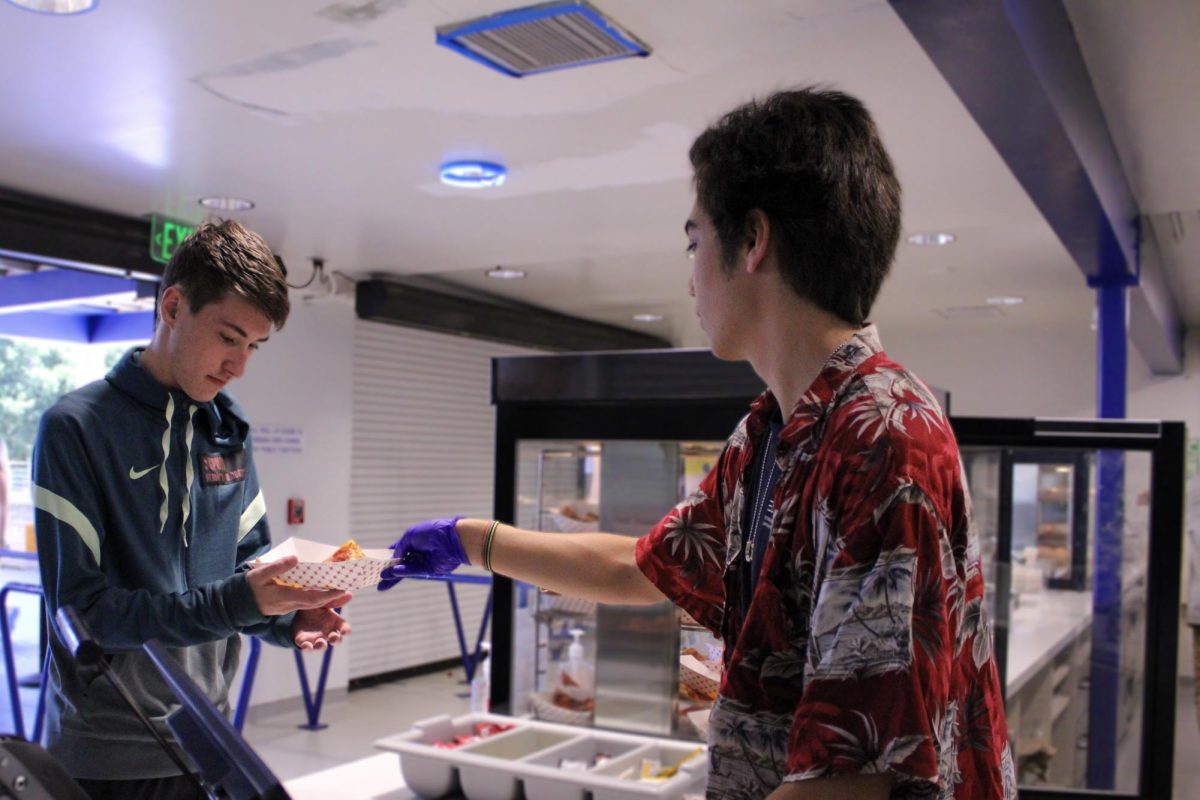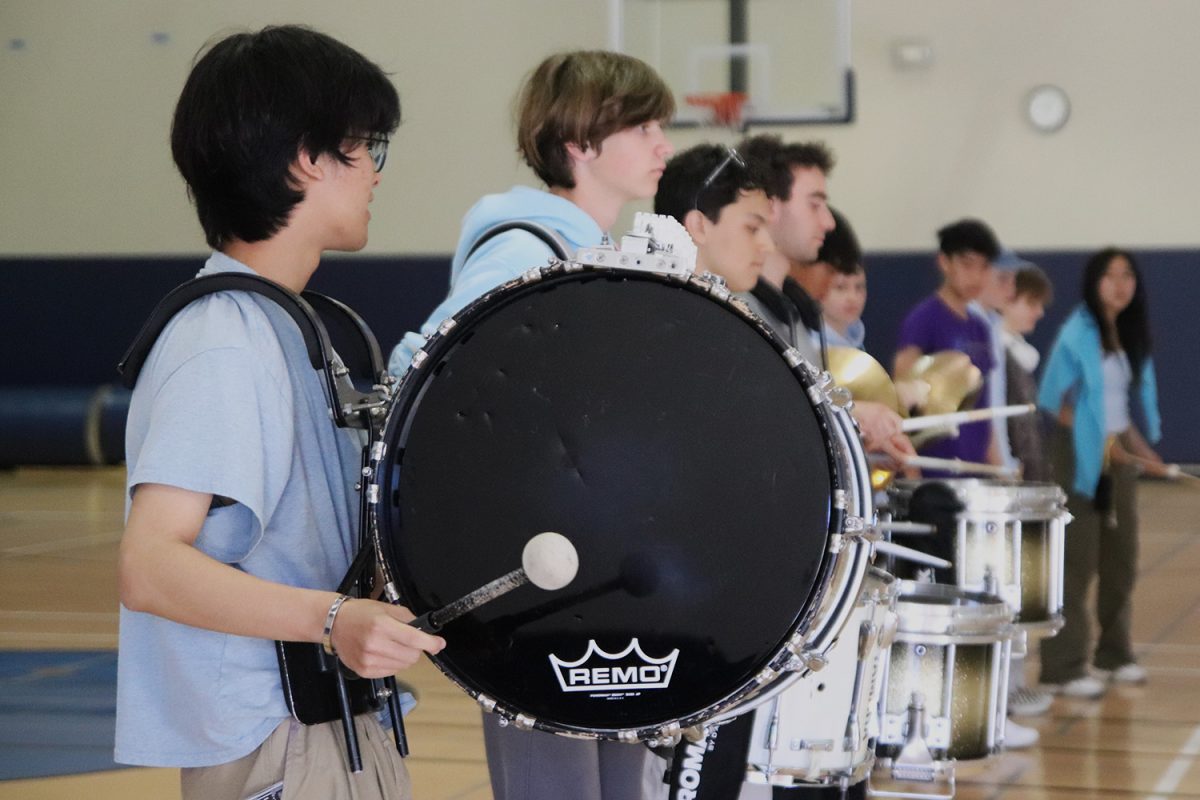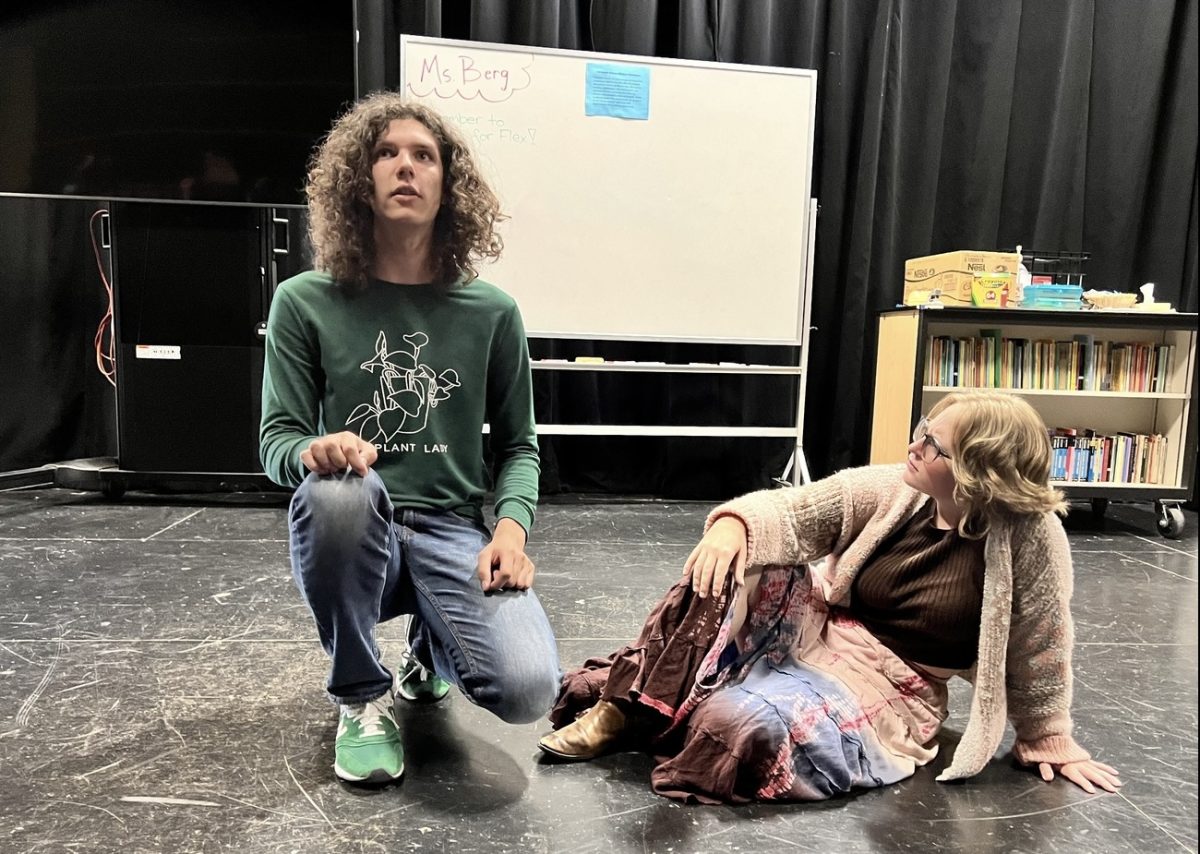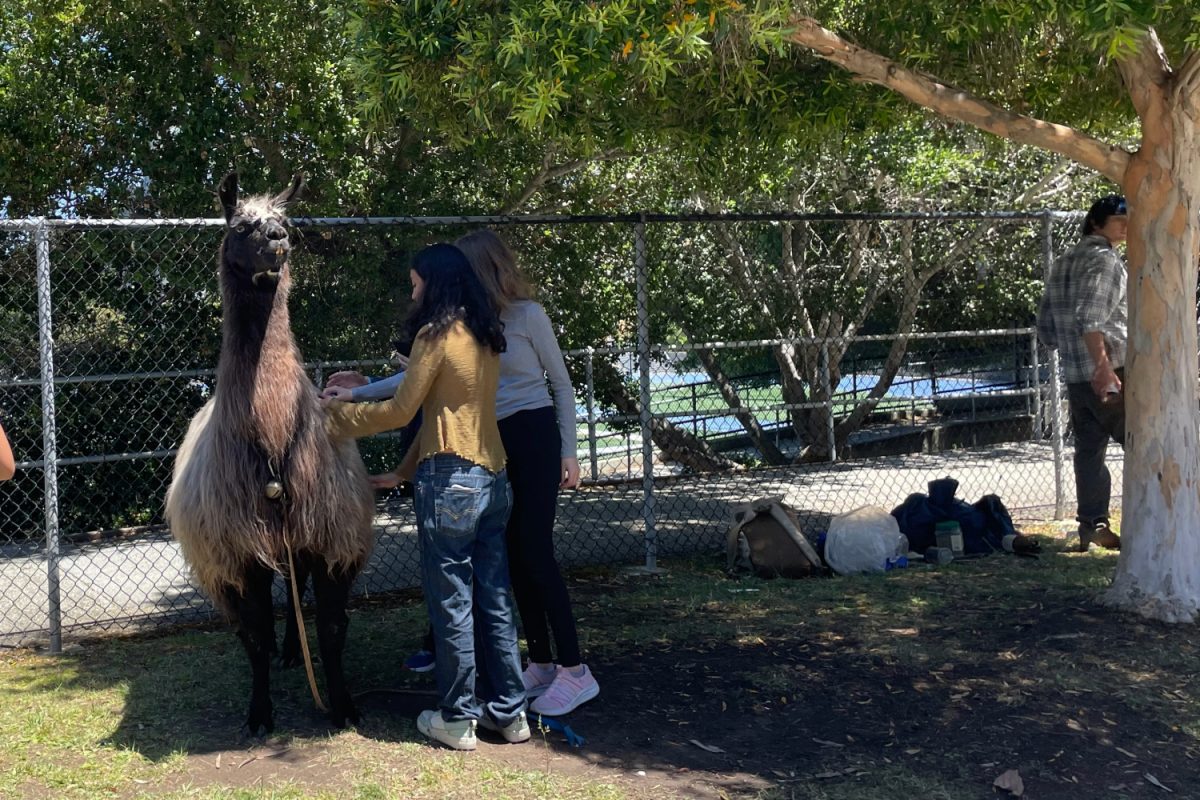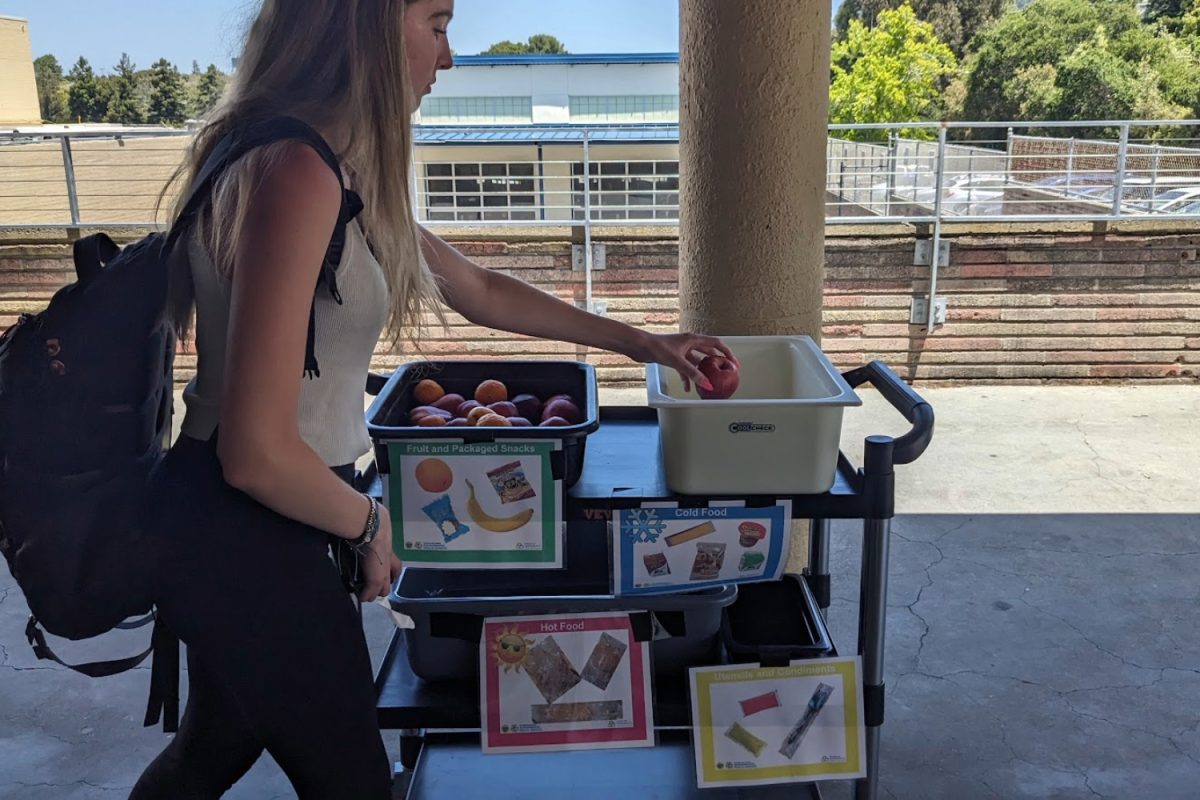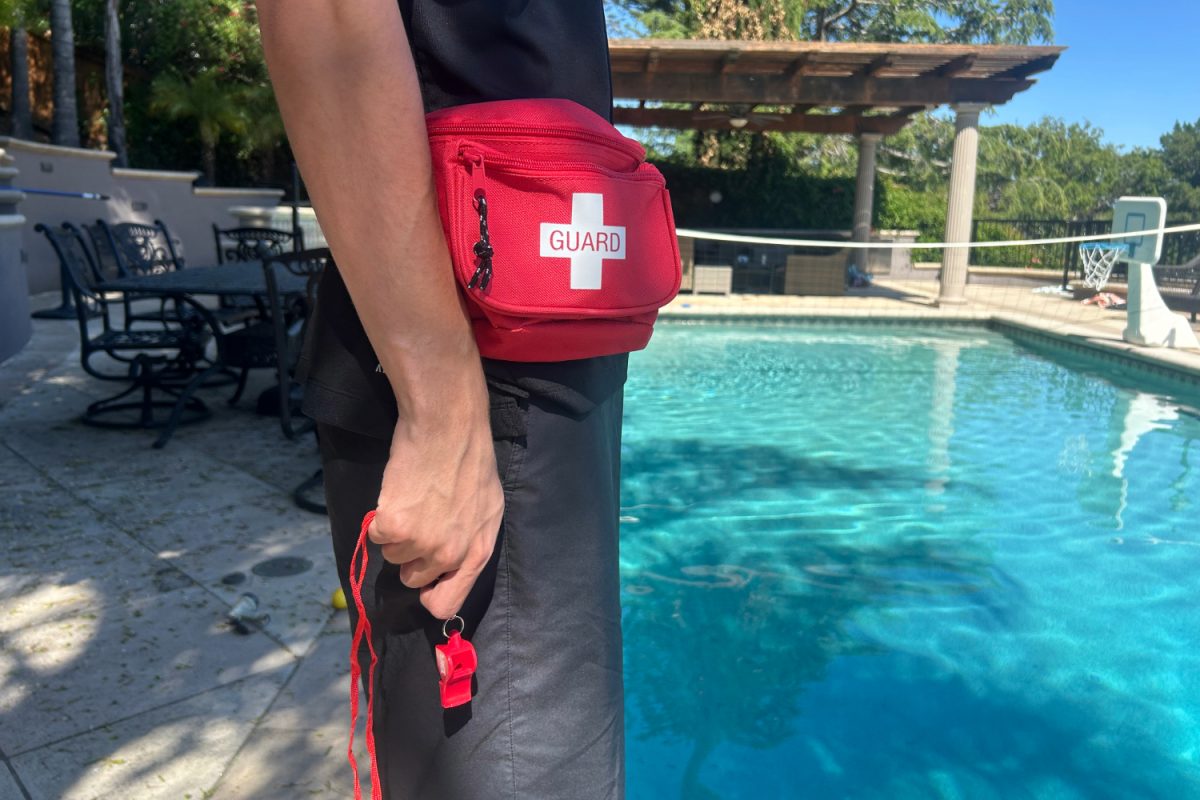The distance learning format of the 2020-21 school year has proven to be a challenge for Carlmont teachers’ mental health.
Teachers are experiencing the same stress, anxiety, and burnout as students as they navigate distance learning. The new territory of Zoom calls, Canvas tests, and limited social interaction hinders Carlmont faculty members.
“At the beginning of the year, I was extremely stressed because I have never taught online,” said Aleta Andrews, the studio art and Advanced Placement (AP) Art teacher at Carlmont. “ I felt and sometimes still feel a level of anxiety when teaching because of the lack of interaction with students — it feels like I am talking to myself. In other words, I really miss the verbal interactions with students.”
Although physical separation has bestowed a serious challenge upon Andrews’ visual art classes, which rely on in-person interaction, she has also seen the positive side of online classes.
“I would say overall, there has been a decrease in stress in the most basic ways,” she said. “For example, I am not having to rush my kids off to school, drive through precarious traffic to get to work, or stay home to take care of sick kids … As a working mom, that has been a relief!”
However, Andrews’ situation seems to be a diamond in the rough. She urged her students to remain positive.
“However, I know that [online learning] is not ideal or sustainable for students … there is a sacrifice, and that is the social interactions, the camaraderie, and the act of being at school in a ‘normal’ setting – something I know we all miss and need,” Andrews said. “To help with this lull, I remind myself that this is not permanent … I really try to keep that in mind on days where I am feeling ‘stuck.’ I look forward to better days ahead and have a newfound appreciation for the things that were once considered ‘normal.’”
Spanish instructor Eva Parker has confronted unique troubles as a result of online schooling. She revealed that distance learning is uniquely difficult for the process of scoring and entering grades.
“I feel like virtual learning just makes everything a little bit more difficult and more time-consuming when it comes to grading,” Parker said, adding that she has had to take extra measures to balance her work and home life as a result of the extra time it takes to grade work.
Parker emphasized that world language teachers like herself have experienced constant work since the inception of distance learning in March 2020.
“A lot of the world language teachers have done professional development on how to do virtual learning,” Parker said. “A lot of us took classes during the summer … and we were working on our curriculum all summer long … My stress level has been through the roof.”
Carlmont administration has stressed the importance of healthy coping mechanisms. In addition to the stress of online school, isolation has also strained the mental well-being of teachers. The general consensus is that staying inside all the time is not a healthy way to operate. Andrews described how she practices self-care.
“I make sure to get outside every day, stretch in between periods, and exercise a little every day, even if that just means walking around the block,” Andrews said. “Also, I bought an inexpensive ‘stand-up’ desk and drink lots of water to stay hydrated, both of which keep my energy levels up.”
Parker shared advice for students on how to improve everyone’s time in online classes.
“When you’re physically in class, you can see a kid’s face; you can read their emotions. But some kids, I’ve only seen their face a couple of times because they don’t want to show their face,” Parker said. “I think for students, if they’re comfortable, turning your camera on during class makes it a little bit better. I’m a very social being … I like to see people’s faces and interact with them; it’s really difficult to teach black squares.”
During a constant state of near-total isolation, teachers like Parker and Andrews have expressed the importance of positivity between faculty and students.
“Tell your teachers, ‘Hey, I appreciated that you did this,’ or say, “Thanks…” Those little positive comments may not mean a lot to you, but they definitely mean a lot to teachers. It’s almost like they give teachers more energy and make them feel better,” Parker said.
Andrews urged positivity and understanding between teachers and students at Carlmont.
“I know this particular style of learning isn’t for everyone; it takes a sense of self-motivation, independence, and even resilience that may not have been as strong before … oddly enough, we are growing from this experience,” Andrews concluded. “Try to keep in mind the day we will all get back on campus and how fresh and exciting that will be — that’s what I try to think about.”

